Cognitive Coaching
Cognitive Coaching
Developing Self-Directed Leaders and Learners
Arthur L. Costa and Robert J. Garmston
With Carolee Hayes and Jane Ellison
ROWMAN & LITTLEFIELD
Lanham Boulder New York London
Executive Editor: Susanne Canavan
Associate Editor: Carlie Wall
Marketing Manager: Karin Cholak
Production Editor: Laura Reiter
Interior Designer: Rhonda Baker
Cover Designer: Meredith Nelson
Credits and acknowledgments of sources for material or information used with permission appear on the appropriate page within the text or in the credit section on page XXX.
Published by Rowman & Littlefield
A wholly owned subsidiary of The Rowman & Littlefield Publishing Group, Inc.
4501 Forbes Boulevard, Suite 200, Lanham, Maryland 20706
www.rowman.com
Unit A, Whitacre Mews, 26-34 Stannary Street, London SE11 4AB
Copyright 2016 by Rowman & Littlefield
All rights reserved . No part of this book may be reproduced in any form or by any electronic or mechanical means, including information storage and retrieval systems, without written permission from the publisher, except by a reviewer who may quote passages in a review.
British Library Cataloguing in Publication Information Available
Library of Congress Cataloging-in-Publication Data
Costa, Arthur L.
Cognitive coaching : developing self-directed leaders and learners / Aurthur L. Costa and Robert J. Garmston with Carolee Hayes and Jane Ellison.
pages cm
Includes bibliographical references and index.
ISBN 978-1-4422-2365-3 (cloth : alk. paper) ISBN 978-1-4422-2366-0 (electronic) 1. Thought and thinkingStudy and teaching. 2. Cognition in children. 3. Student-centered learning. I. Title.
LB1590.3.C6794 2015
370.15'2dc23
2015005701

The paper used in this publication meets the minimum requirements of American National Standard for Information SciencesPermanence of Paper for Printed Library Materials, ANSI/NISO Z39.48-1992.
Printed in the United States of America
Contents
by Michael Fullan and Andy Hargreaves
Tables and Figures
FIGURES
Figure 1.1 | The Roots of Cognitive Coaching |
Figure 1.2 | Other Forms of Interaction Focus on Event or Behavior |
Figure 1.3 | Definition |
Figure 2.1 | Diltss Elements as Nested Blocks |
Figure 2.2 | Identity Influencing: Diltss Elements as in a Dynamical System |
Figure 2.3 | Diltss Dynamical Relationships Shown Linearly |
Figure 3.1 | Rapport |
Figure 7.1 | States of Mind |
Figure 8.1 | A Basic Model of Intellectual Functioning |
Figure 9.1 | Domains of Inquiry |
Figure 10.1 | Representational Systems |
Figure 10.2 | Representational Systems: Language Indicators of Modality Preferences |
Figure 10.3 | Eye Movements and Representational Systems |
Figure 10.4 | Accessing Her Visual Memory |
Figure 10.5 | Constructing Visual Images |
Figure 11.1 | Planning Conversation |
Figure 11.2 | Reflecting Conversation |
Figure 11.3 | A Coaching Cycle |
Figure 12.1 | Problem-Resolving Conversation |
Figure 12.2 | How Paraphrasing Lightens the Load |
Figure 12.3 | From Limitations to Resourcefulness |
TABLES
Table 1.1 | Distinctions among Four Support Services |
Table 3.1 | Cognitive Operations |
Table 3.2 | Cognitive Operation Question |
Table 4.1 | Mediators Questions for Self-Management |
Table 4.2 | Mediators Questions for Self-Monitoring |
Table 4.3 | Mediators Questions for Self-Modifying |
Table 5.1 | Purposes of Coaching, Collaborating, and Consulting |
Table 7.1 | Tensions and Drives |
Table 11.1 | Planning Conversation |
Table 11.2 | Four Phases of Thought in a Coaching Cycle |
Table 12.1 | The Neurobiological Effects of Pacing |
Table 12.2 | A Word Bank for Universal Goals |
Table 12.3 | A Macro Map for Leading |
Table 13.1 | Regions of the Calibrating Conversation |
Table 15.1 | Linear and Nonlinear Systems Compared |
Appendix B | Inner Coaching |
Appendix C | Planning and Reflecting Conversations |
Appendix D | Calibrating Conversation Script |
Appendix G | List of Videos, Topics, and Length of Time in Minutes |
Foreword
Cognitive Coaching: Developing Self-Directed Learners and Leaders, 3rd Edition
Michael Fullan and Andy Hargreaves
W e are honored to write the foreword to this new edition of Cognitive Coaching: Developing Self-Directed Learners and Leaders by Art Costa, Bob Garmston, and their colleagues, Jane Ellison and Carolee Hayes. The first edition was published over 20 years ago and was titled Cognitive Coaching: A Foundation for Renaissance Schools . This 1994 book put coaching on the map. Cognitive coaching is a common accompaniment to and ingredient of change implementation now: a true mark of these authors influence. Though not always grasped or used with the sophistication and depth of these authors intentions, their work has had a massive influence on how we now think about the best ways to improve classroom practicewith other teachers, embedded in practice, rather than in the big ballroom sessions of staff development or in the isolated classrooms where individual teachers struggle by themselves. This interest in cognitive coaching has been carefully built by Costa, Garmston, and their growing band of followers and colleagues.
The United States goes through churns of system upheaval that never seem to land: No Child Left Behind (2002), Race to the Top (2008), and now Common Core State Standards. Cognitive coaching is, by contrast, one of the constants of improvement: learning how to be more effective and reflective by working with experienced and expert peers.
The timing and nature of the third edition is perfect. Piecemeal approaches can alleviate the worst of change but can never make the best of change. This is Costa and Garmstons conclusion. Their third edition goes deeper with greater precision. It identifies the skills, and now the mind-sets, that must underpin them. It is heavily action based, taking into account the diversity of humans and their contexts, but it does this in relation to larger maps of action. It carefully examines issues of impact that in turn reverberate back on the skills, mind-sets, and actions of those who want to help. Above all, this book treats the solution as a system of interactions, not a checklist of competencies.


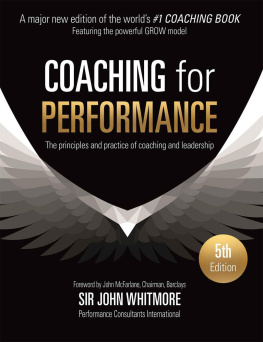
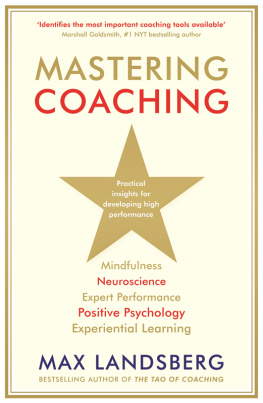

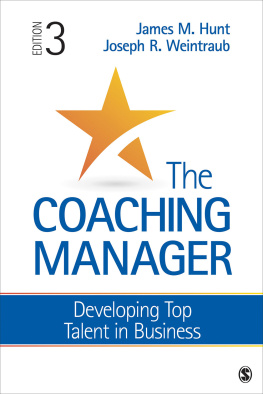
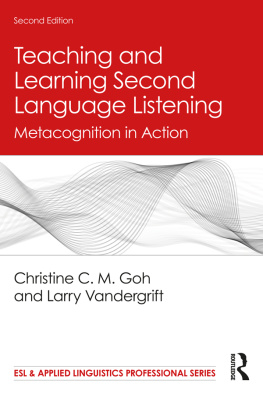
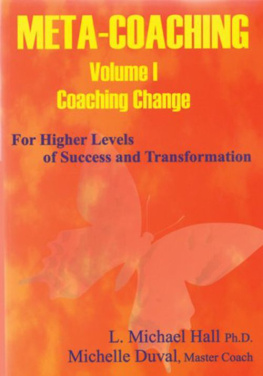
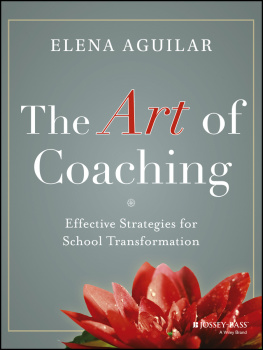


 The paper used in this publication meets the minimum requirements of American National Standard for Information SciencesPermanence of Paper for Printed Library Materials, ANSI/NISO Z39.48-1992.
The paper used in this publication meets the minimum requirements of American National Standard for Information SciencesPermanence of Paper for Printed Library Materials, ANSI/NISO Z39.48-1992.